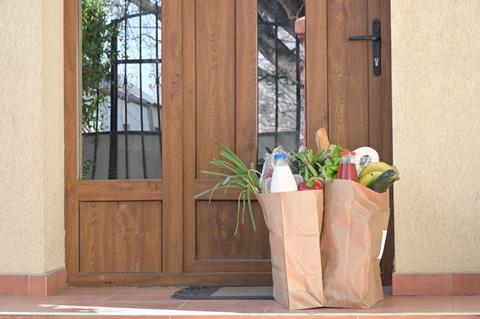
In the world of online grocery, it’s hard to find a retailer making money. That is clear from Tesco’s fulfilment fee fiasco, and the share price of, among others, Ocado, Amazon, Naked and Virgin Wines – as well as the revaluations of HelloFresh and Gousto on the direct to consumer side, the delisting of Parsley Box, and the extraordinary retrenchment in the rapid delivery market, where billions have gone up in smoke.
On a smaller scale, the plight of Farmison is another example of the same phenomenon: a business that boomed in the pandemic is, as The Grocer goes to press, perilously close to going bust, with its private equity owners hoping to secure a buyer to save some of the 80 jobs at stake.
Its DTC model worked a treat in the pandemic. But like a lot of players in the market, it expanded too fast, took on too many staff, invested too heavily. As the flood receded, it’s been left without a paddle.
Yet, as George Nott argues in his report, DTC isn’t dead. Like much of online grocery, it’s just regrouping after a period of natural exuberance. For many brands, it will remain a well established first step on the road to success, with the likes of Graze, Who Gives a Crap, Huel and Allplants all using the channel to establish a USP, before scaling up, from a position of strength, via physical grocery sales. And as Huel in particular has shown, DTC can also be used (with the aid of social media) to develop an invaluable and direct bond with customers, building loyalty and aiding NPD. And that’s appealing to bigger brands too, especially those with pockets deep enough to view the channel not as the be-all-and-end-all, but one of numerous routes to market.
While some, like Farmison, have been found out as the tide goes out, many online players today enjoy far higher sales than prior to the pandemic, including Direct Wines, the Laithwaites DTC business. The trick has been adjusting the cost base to fit with the times and the volumes. It’s no easy task.







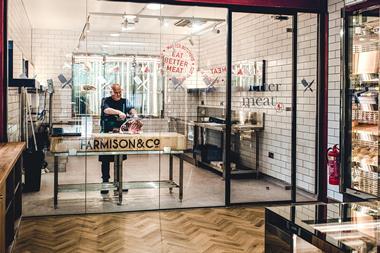
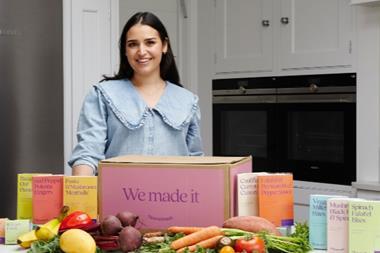

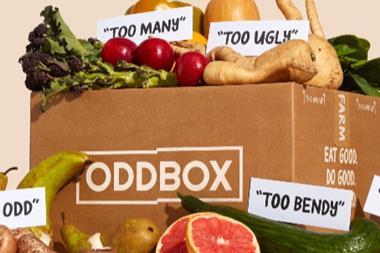





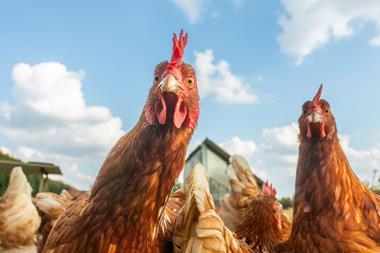


No comments yet